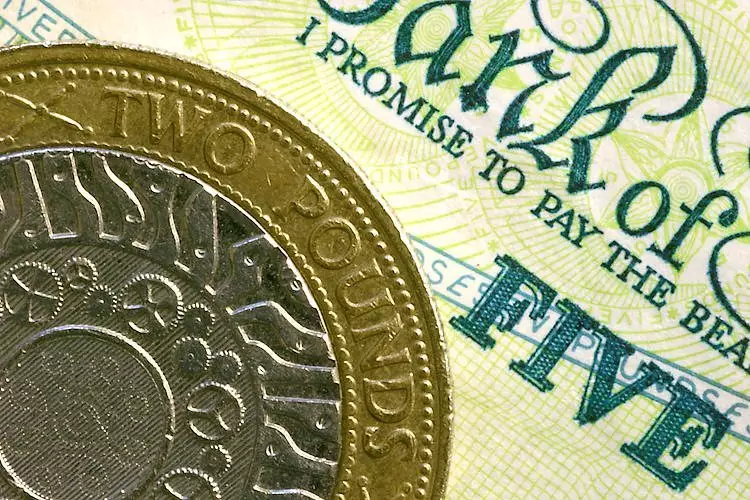The Pound Sterling has experienced a significant downturn against the US Dollar, particularly following the release of encouraging US ADP employment statistics. As market dynamics shift, various factors are contributing to the Pound’s vulnerability. Notably, the anticipation of an upcoming budget from the UK’s Labour administration, under Chancellor Rachel Reeves, has intensified investor unease. Expectations of tax increases coupled with proposed public spending initiatives are central to this economic narrative.
The recent robust employment data from the United States has acted as a catalyst for the dollar’s strength. Positive employment figures typically bolster confidence in the U.S. economy, shifting investor focus away from currencies perceived as weaker. In the context of this backdrop, the Pound has fallen below the 1.3000 mark against the Dollar, an indicator of shifting market sentiment. The market’s view can be attributed partly to fears surrounding the potential for the Bank of England (BoE) to adopt a more dovish stance, especially ahead of its scheduled interest rate decision on November 7.
With the forthcoming Autumn Forecast Statement set for reveal, the focus shifts to the Labour government’s proposed fiscal strategies. This will mark the first budget announcement from the Labour Party in over 15 years, an event charged with high expectations and media scrutiny. Key components expected in Reeves’ proposal include revisions to fiscal regulations aimed at enhancing borrowing capacity, a series of tax hikes affecting various income streams, and a commitment to heightened governmental investment. Analysts are particularly concerned with how these proposed measures will affect inflationary pressures within the economy.
The UBS analysis suggests that the budget will not only recalibrate fiscal rules but also potentially include significant increases in national insurance contributions, capital gains taxes, and adjustments to pensions. The potential for these changes to both fund increased spending and widen the fiscal deficit raises alarms about long-term economic stability. Such headlines and potential outcomes have led to a palpable sense of caution among traders and analysts alike.
Market Reactions and Fiscal Implications
Market participants are acutely aware that the proposed tax hikes and increased spending could revise the fiscal deficit to as much as 3.1% of GDP, instigating worries that inflation would remain elevated and persistent. The resulting implications could prompt investors to reevaluate their positions on BoE rate cuts. While the central bank’s move to lower interest rates by 25 basis points has been widely anticipated, the uncertainty surrounding fiscal policy may pressure the BoE to reconsider this trajectory.
The latest Reuters poll underscores this delicate balancing act, suggesting that while some analysts foresee a cut in interest rates, they also highlight the complications posed by higher-than-expected deficit targets. A changing fiscal landscape could necessitate a reassessment of monetary policy strategy that would impact households and businesses alike, potentially leading to a ripple effect throughout the economy.
In terms of technical analysis, the GBP/USD pair remains precariously positioned below key resistance levels. Trading around the lower boundaries of a Rising Channel, the Pound has struggled to maintain upward momentum amidst the prevailing uncertainties. The 50-day Exponential Moving Average (EMA) serves as a crucial indicator for traders, with current trading sentiment reflecting caution, particularly as the 14-day Relative Strength Index (RSI) hovers above the pivotal 40.00 mark.
Further complicating this scenario, the 200-day EMA at approximately 1.2845 presents a significant support zone. Should the Pound fail to recover above its recent losses, bearish sentiments could solidify, impacting investors’ forecasts for the currency. Resistance levels around the 20-day EMA at 1.3060 suggest a challenging path ahead if the Pound seeks to regain its footing.
The current landscape for the Pound Sterling is fraught with challenges stemming from both U.S. economic indicators and impending budgetary changes in the UK. As traders digest these intertwined factors, their ramifications on the currency will be closely examined in the days ahead. Ultimately, the UK’s fiscal decision-making in light of the upcoming budget may very well dictate the trajectory of the Pound, keeping investors alert and responsive to shifting market conditions.

